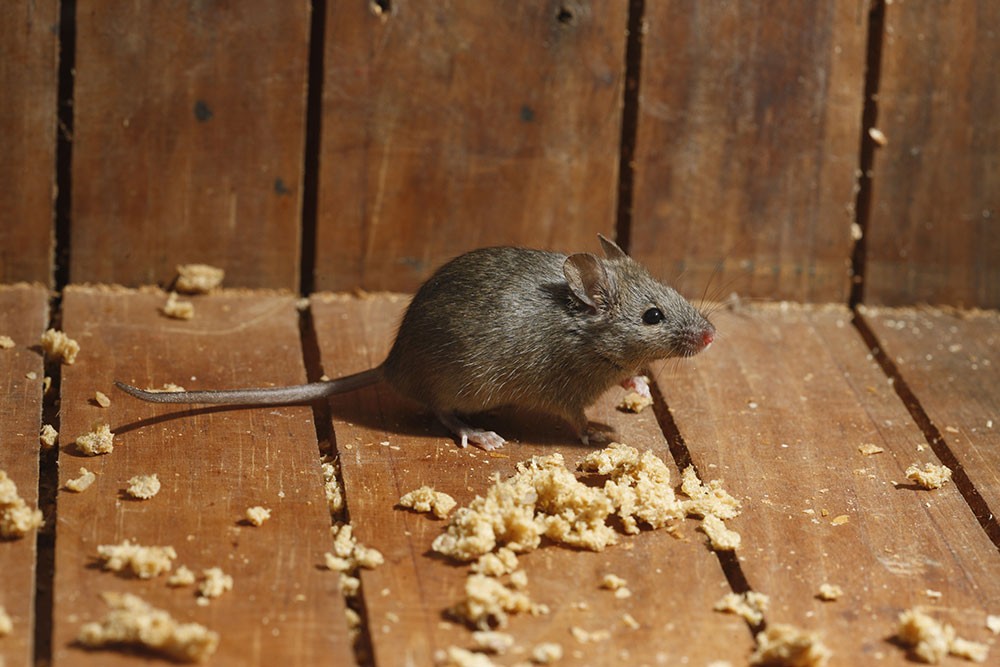Latest Posts
How To Protect Your Shed From Pests

The good news is maintaining a clean, pest-free shed space is relatively easy, if you know what to do and are willing to put in the effort. Here are our tips for protecting your shed from pests. Follow this advice and you’ll have a clean, reliable shed space.
Be proactive and clever with the way you’re packing items
It goes without saying that some materials attract more pests than others, so when you are packing these items in your shed it’s important to do so in plastic containers that have lids which are sealed tightly. Not only do they present a tricky material for mice to chew through, they’re fairly weather proof and fantastic for organisation when it comes to stacking. This is also a great way to increase the lifespan of particular items you wouldn’t necessarily store in a shed due to the fact that the forces of nature would degrade them over time. As longs as you’re proactive and clever with the way you’re packing items in your shed, employing smart ideas like plastic storage containers for materials that are likely to attract pests, you can be confident your shed will remain pest-free.
Make the effort to seal all the cracks and crevices in your shed
Even the tiniest cracks and crevices can present the equivalent of an open door with a welcome mat for pests and vermin that are looking to get into your shed. The best way to prevent this is to seal all the cracks and crevices in your shed immediately to make sure the various nasties can’t get in. While repairing concrete may seem a daunting task, given the proper tools it can be done easily enough and when you’re finished with the project you can even finish the floors with a new coat of paint.
Clean your shed out as regularly as possible
While this might also seem like a given, you’d be surprised how many sheds out there that simply aren’t being cleaned regularly enough. By taking the time to perform even the most basic of cleaning, organisation and upkeep tasks you’re actually making a huge difference. Even the tiniest of efforts can make the shed a much less desirable place for pests and insects to shack up for the night. If you’ve got the time, try to remove any excess dirt and grime from the outdoor structure as well, as this will lead to a substantial decrease in the amount of insects you have to face. Additionally avoid leaving food scraps in your shed or leaving garbage in there too, as both will act as attractive food sources or many pests. The same principle applies to storing piles of wood, mulch or compost within the vicinity of your shed.
Take the necessary precautions if you feel the space is already infested
It’s not a nice thing to think about, but if your shed space is already infected odds are these bugs aren’t going anywhere soon. So, while it might be a little unpleasant it’s important you act quickly and take the necessary steps to eliminate these pests. Spray the walls, floor and ceiling of the shed with bug spray (make sure it’s ventilated as you do so of course) and place mouse bait and traps at the door and in the back corner if you’ve got a particularly large shed. If you’ve chosen to use mouse traps however, make sure you check them regularly as you may have caught something and if it’s sitting there in your shed too long it’s really only just attracting more pests. For a more natural and chemical free alternative, spray the shed with peppermint oil. It acts as a natural deterrent for mice and spiders, not to mention that it will smell far nicer than your standard chemical spray.
